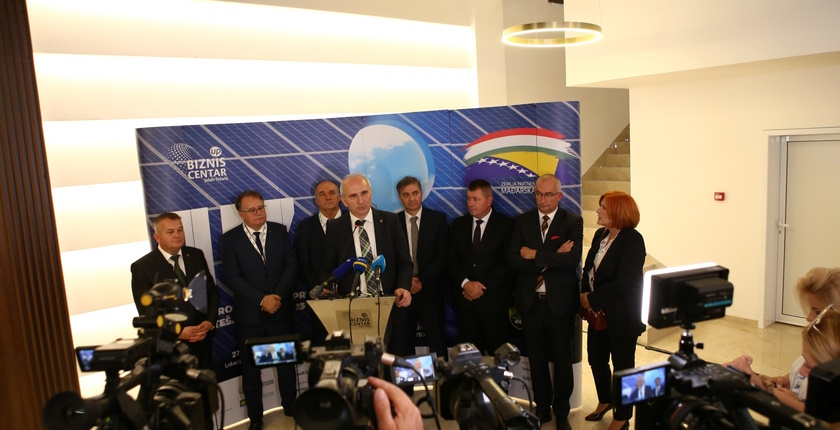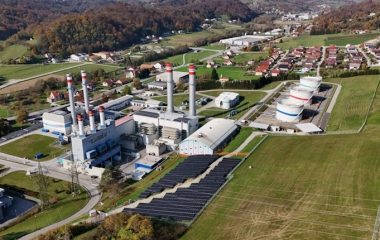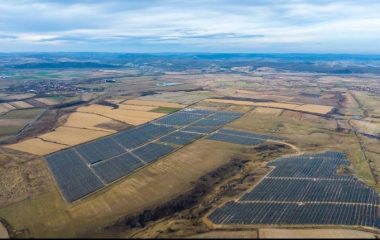
Share
Photovoltaic plants in Tešanj will produce enough electricity to cover 70% of the consumption of all households and firms in its territory, head of the municipality Suad Huskić said.
The Municipality of Tešanj is one of the most successful in the use of renewable energy sources in Bosnia and Herzegovina. The Municipality of Lopare and the City of Mostar, are also among the local authorities taking bold steps toward the energy transition.
According to the Sustainable Energy and Climate Action Plan (SECAP) of Tešanj until 2030, 15 photovoltaic power plants with a total installed power of 608 kW were registered by 2020.
They generate about 742.15 MWh of electricity per year. Most of them were installed by companies, for self-consumption.
At the opening of the 17th International Trade Fair Tešanj – BiH 2023, head of the local authority Suad Huskić said the population has increased since the 2013 census. The municipality is one of only ten in the country with more births than deaths and it has the highest number of pupils in elementary schools in the Federation of BiH, he added. It is one of the two entities making up BiH, and the other one is the Republic of Srpska.
Mayor Suad Huskić also has a solar power plant
The municipality hosts 2,817 firms with around 14,000 employees in total. Huskić said that Tešanj is on the energy transition path.
At the end of next year, the municipality will have about 400 solar power plants in total, with a combined capacity of 17 MW, Huskić claimed. They will generate enough electricity to cover 70% of the consumption of all the companies and Tešanj’s whole population of about 44,000, he stressed.
Of note, in early September he received a permit from the Regulatory Commission for Energy of the Federation of BiH (FERK) for the production of electricity for his Foton photovoltaic facility.
The first photovoltaic power plant financed by the Islamic Community in BiH is being built in Tešanj
The PV facility has an installed capacity of 23 kW, and the expected annual production is 34 MWh.
Also in Tešanj, the Islamic Community in BiH began the construction in April of its first solar power plant. The Green Vakuf Tešanj unit will have a capacity of 100 kW.
The event is historic because the Islamic Community became an investor and the facility will reduce its dependence on donations and membership fees, Mufti of Zenica Mevludin Dizdarević said at the groundbreaking ceremony.


















Be the first one to comment on this article.